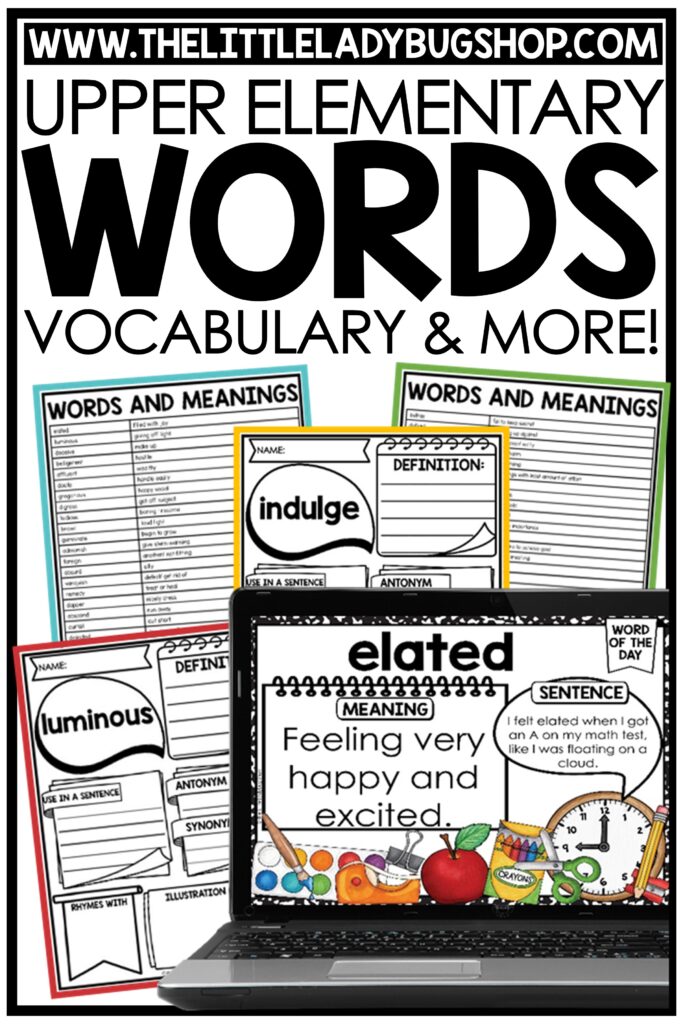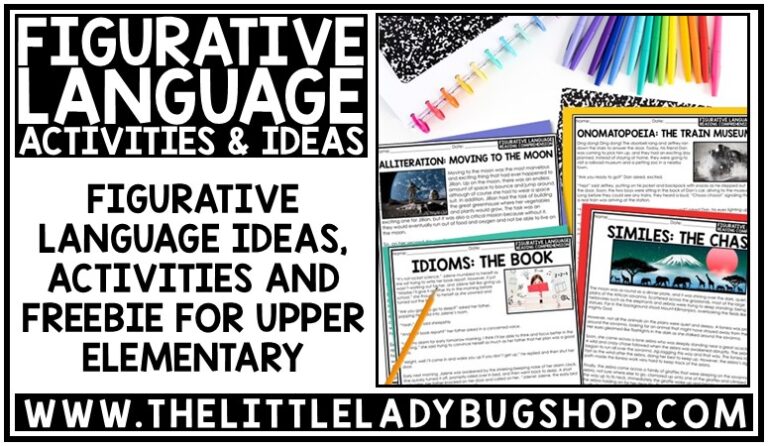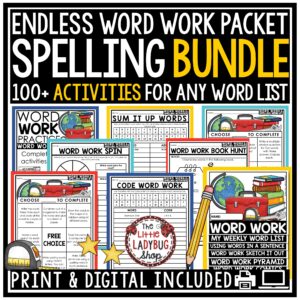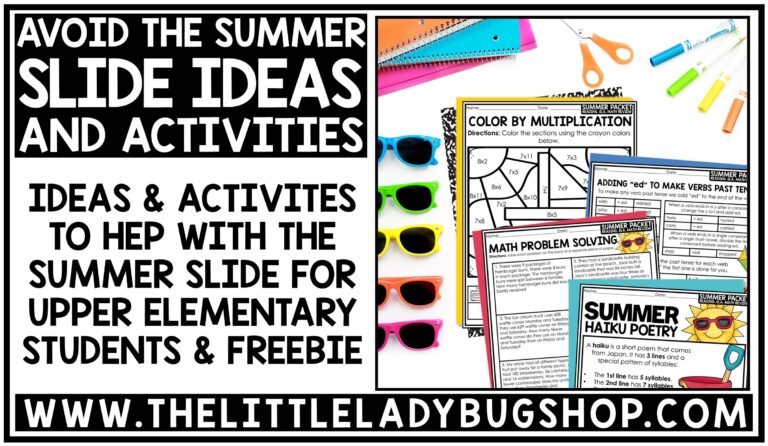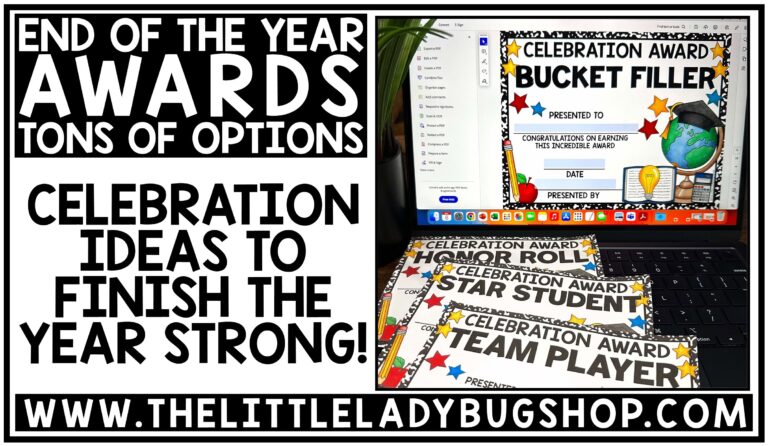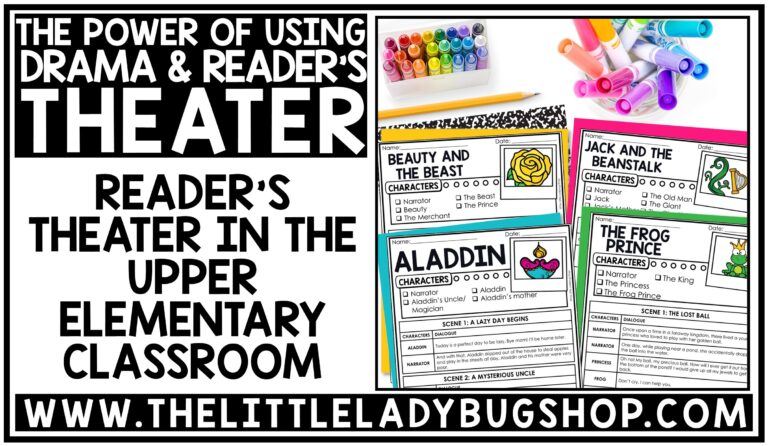
Word Choice and Vocabulary Word Work for Upper Elementary
Share it:
Word Choice and Vocabulary Word Work for Upper Elementary
By: Jacqueline Ortiz, Updated February 21, 2025, Originally Written March 2022
Do you notice that many of your students struggle with word choice and vocabulary? Let’s set the stage: You have a fourth-grade student who is struggling with reading comprehension. She can decode words and sound them out, but for some reason, she just doesn’t enjoy reading.
One major reason students dislike reading is that they have limited vocabularies. Without a strong word foundation, reading becomes a frustrating task instead of an enjoyable journey. When students don’t understand what they’re reading, they disengage, leading to a cycle of reluctance and resistance. So, how can we identify and address this challenge? Let’s take a closer look.
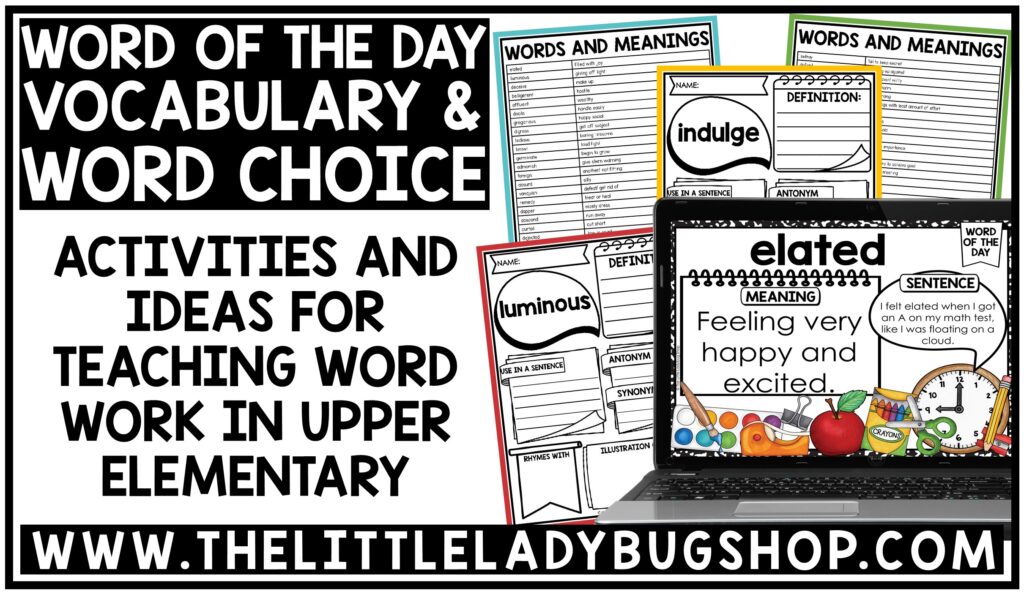
Understanding Student Vocabulary Skills
A student’s vocabulary development is influenced by many factors, including exposure to language at home. Research shows a stark difference in the number of words children hear in their early years:
- Children from professional families hear an estimated 45 million words by the age of four.
- Children from working-class families hear around 26 million words in that same time frame.
- Children from low-income families hear approximately 11 million words before they enter school.
This language gap affects their ability to acquire new vocabulary. Once they enter school, students who already have a robust vocabulary continue to build on it, while those with a limited vocabulary struggle. On average, students learn 3,000 words per year, but those with weaker vocabulary skills may fall behind—leading to a widening gap in reading comprehension and academic success.
Breaking the Cycle: Teaching Vocabulary Explicitly
So, how can we help students overcome vocabulary deficits and develop a love for reading? The key is explicit vocabulary instruction alongside consistent reading practice. Here are some effective strategies to integrate vocabulary learning into your classroom:
1. Word of the Day:
Incorporating a “Word of the Day” activity introduces students to 110 new vocabulary words throughout the school year. Each worksheet encourages students to:
- Learn the definition of the word
- Use it in a sentence
- Identify synonyms and antonyms
- Illustrate the word’s meaning
- Apply the word in their writing
When I teach my Word of the Day or Week, I typically spend 2-3 minutes each day focusing on the word. We use a worksheet and a slideshow to reinforce learning. At the beginning of the week, I introduce the word, expand on its part of speech, and discuss its definition. Over the next few days, students engage with the word by using it in both their speaking and writing, which I actively encourage. They store their completed worksheets in their Word of the Week folder, adding their own sentence and illustration throughout the week. To assess their learning, you could include a mini-assessment at the end of the month to review the new words. There are countless ways to teach vocabulary, but this structured approach has worked well for me.
This structured approach ensures that students are actively engaging with new words rather than just memorizing definitions. Plus, it’s available in both print and digital formats, making it easy to integrate into any classroom setting!


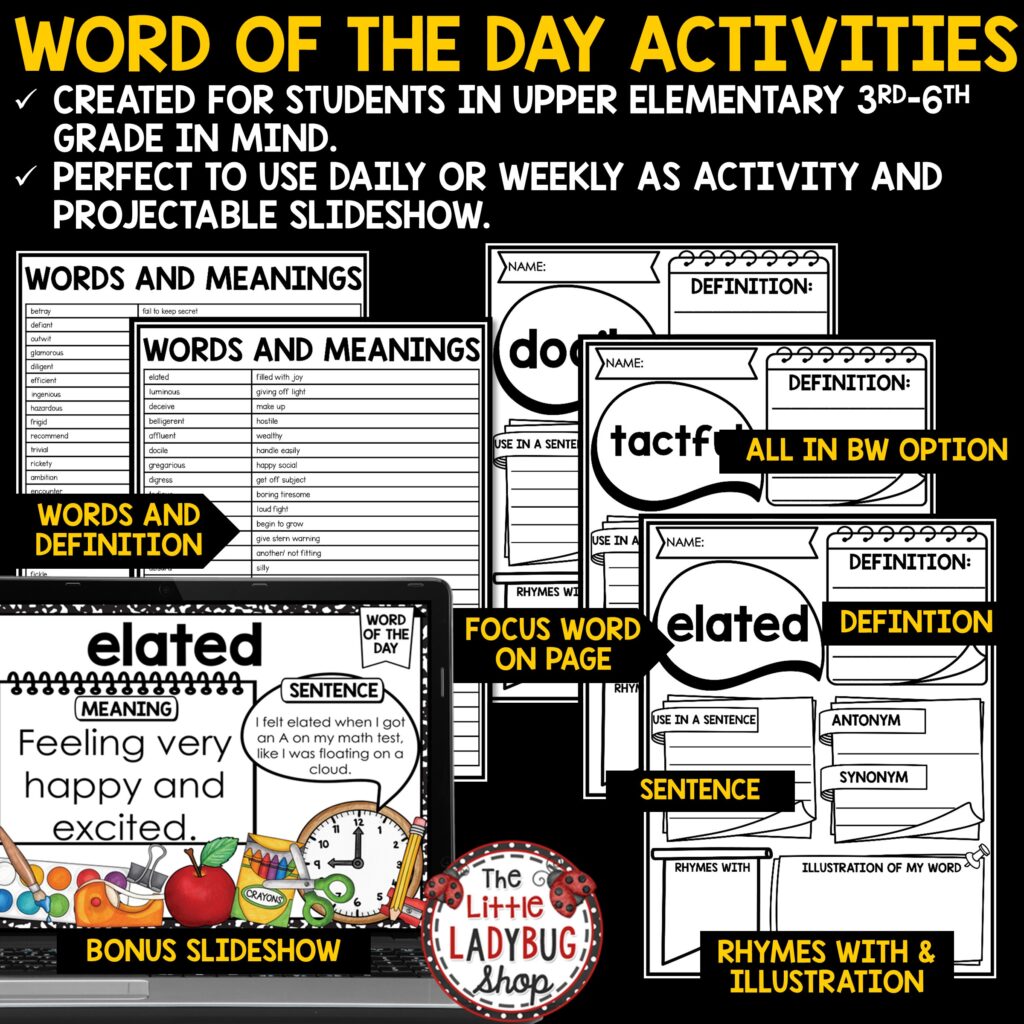
2. Word Discussions
Create an environment where students talk about words daily. Choose words with multiple meanings, such as jam, bark, bolt, and encourage students to explore their different uses in various contexts. Discussing words helps solidify their meanings and gives students confidence in their usage.
3. Teach Prefixes and Suffixes
Breaking words down into prefixes, suffixes, and root words can significantly boost a student’s ability to decipher unfamiliar vocabulary. For example, knowing that un- means “not” and -able means “capable of” allows students to understand words like unbreakable or uncertain without needing a dictionary.
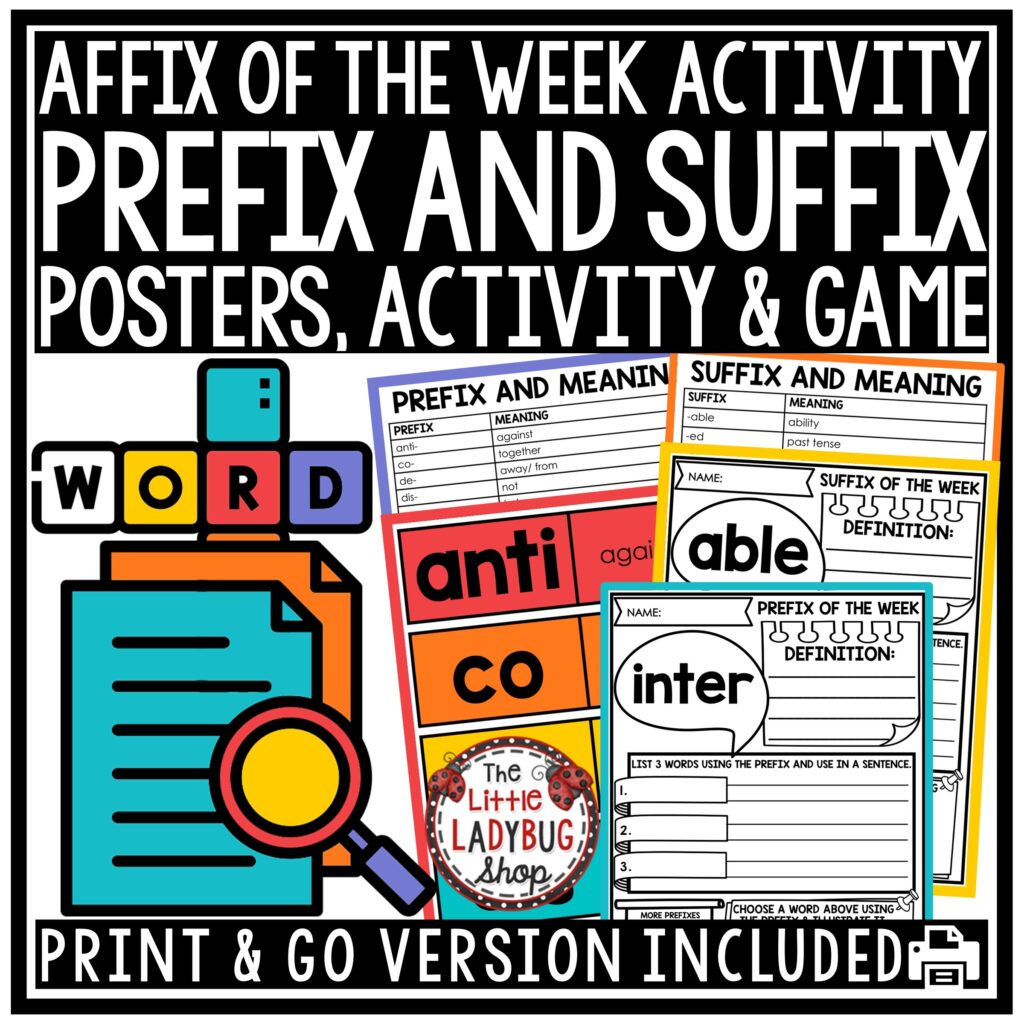
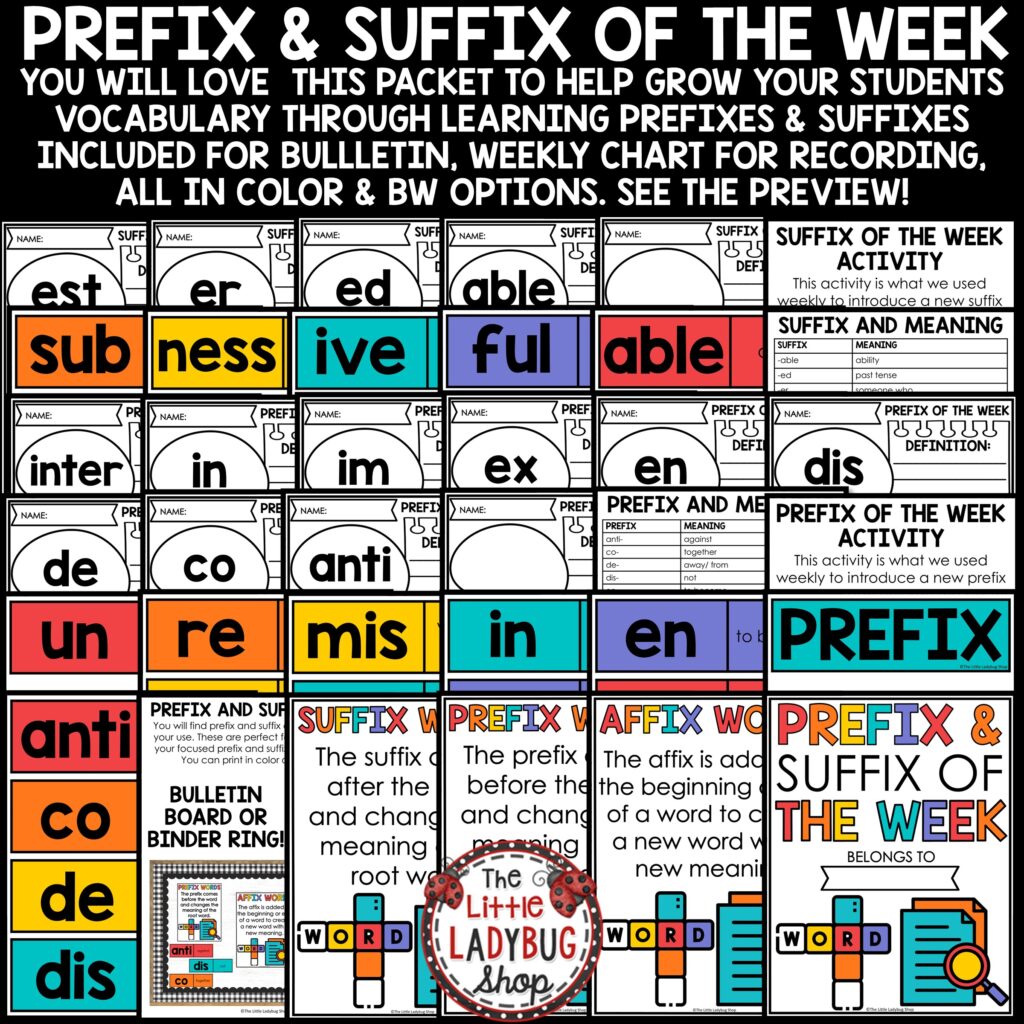
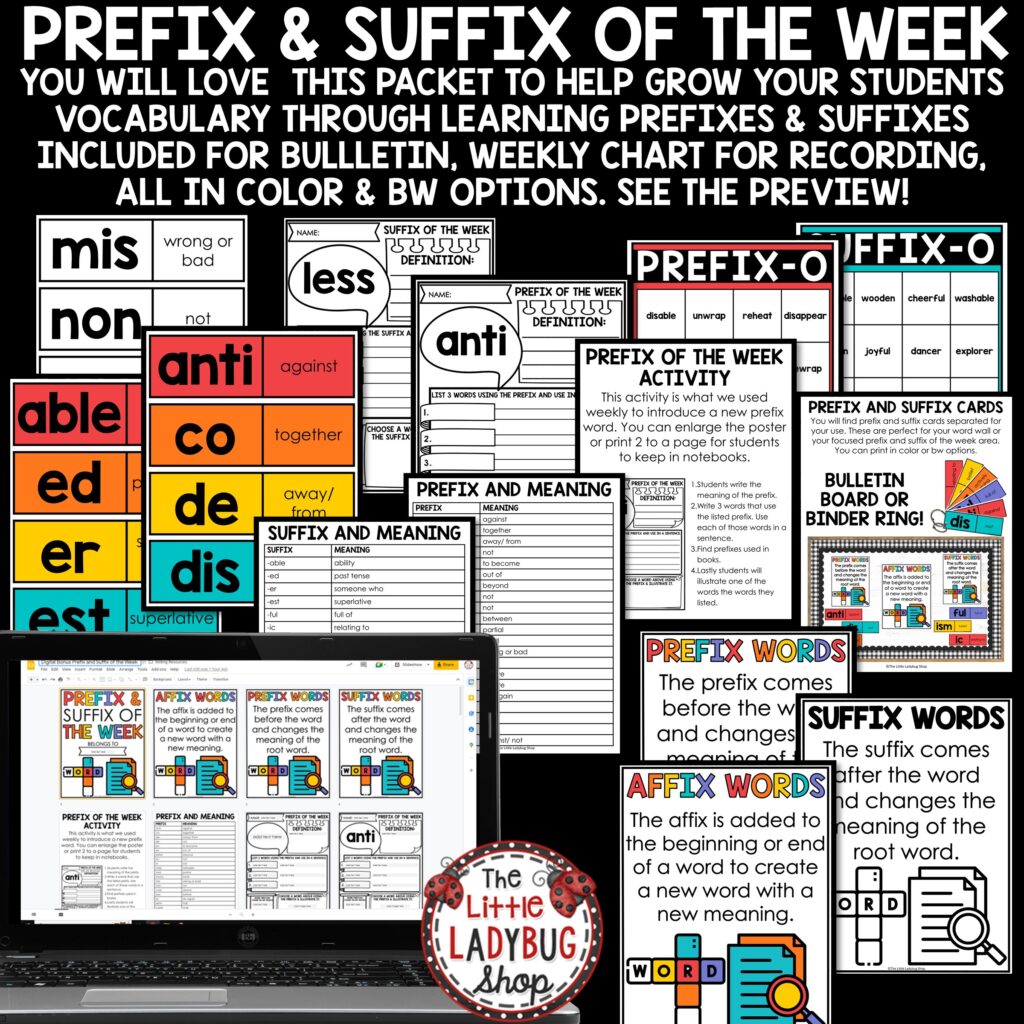
4. Use Root Words to Unlock Meaning
Many English words originate from Latin and Greek root words. Teaching these roots can empower students to decode complex words. For instance, when students learn that spect means “to look,” they can easily grasp words like inspect, spectator, and perspective.
5. Vocabulary Journals
Encourage students to maintain a vocabulary journal where they track unfamiliar words they encounter while reading. Each week, they can choose a few words to:
- Write down the definition
- Use the word in a sentence
- Illustrate the word
- Identify synonyms and antonyms
This interactive approach keeps vocabulary learning engaging and personal. Plus, reviewing past entries reinforces learning over time.
Encouraging Reading to Expand Vocabulary
While explicit vocabulary instruction is essential, the most effective way for students to build vocabulary is through reading. The more they read, the more words they encounter. Here’s how to foster a reading-friendly classroom:
- Make Reading Time a Priority – Set aside dedicated time for independent and shared reading.
- Create Comfortable Reading Spaces – Cozy nooks with pillows, rugs, and good lighting invite students to immerse themselves in books.
- Provide a Wide Range of Reading Materials – Offer fiction, nonfiction, graphic novels, magazines, and high-interest texts to cater to diverse interests.
- Encourage Student Choice – Allowing students to pick their own books increases motivation and enjoyment.
Finding the Right Book for Every Student
As James Patterson wisely said, “There’s no such thing as a kid who hates reading. There are kids who love reading, and kids who are reading the wrong books.” Helping students find the right book can change their perspective on reading forever.
Here are some high-interest books that can help reluctant readers develop a love for reading:
Don’t Forget About Read-Alouds!
Upper elementary teachers often stop reading aloud, but this practice remains highly beneficial—especially for students with limited vocabularies. Hearing complex words in context helps students absorb their meanings without the pressure of decoding. Plus, listening to fluent reading models expressive reading skills and comprehension strategies.
Final Thoughts
Building a strong vocabulary foundation is key to unlocking reading success. By combining explicit vocabulary instruction with meaningful reading experiences, we can help students expand their word knowledge, build confidence, and develop a lifelong love for reading.
I hope these strategies inspire you to incorporate more vocabulary-building activities into your classroom. Do you have favorite strategies for teaching vocabulary? I’d love to hear them!
Let’s connect!
Follow me on Instagram or send me an email at The Little Ladybug Shop—I’d love to chat with you about all things literacy!
DON’T FORGET TO SAVE THIS POST FOR FUTURE REFERENCE
This post may contain affiliate links for your convenience. View our full disclosure policy here.








